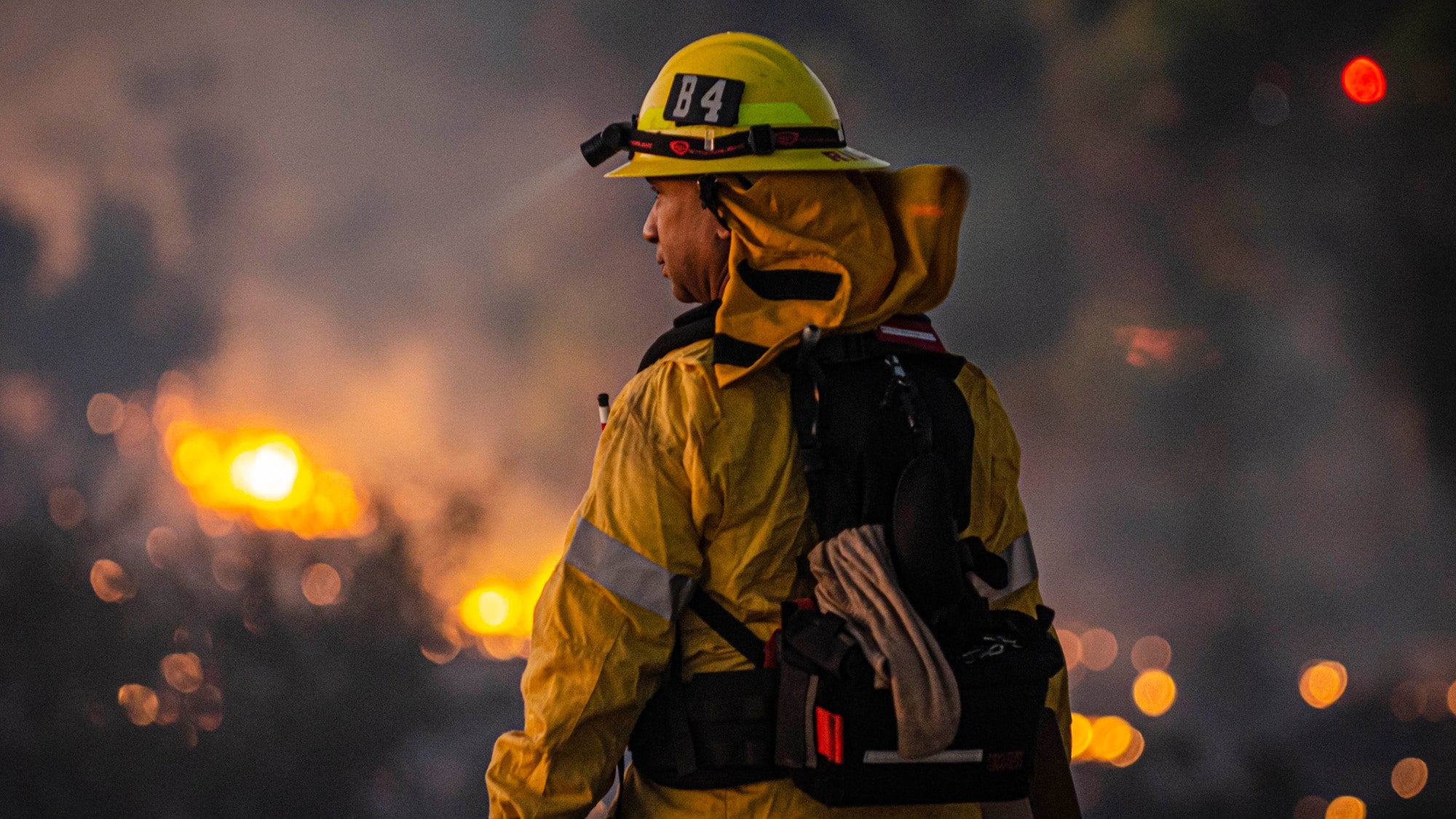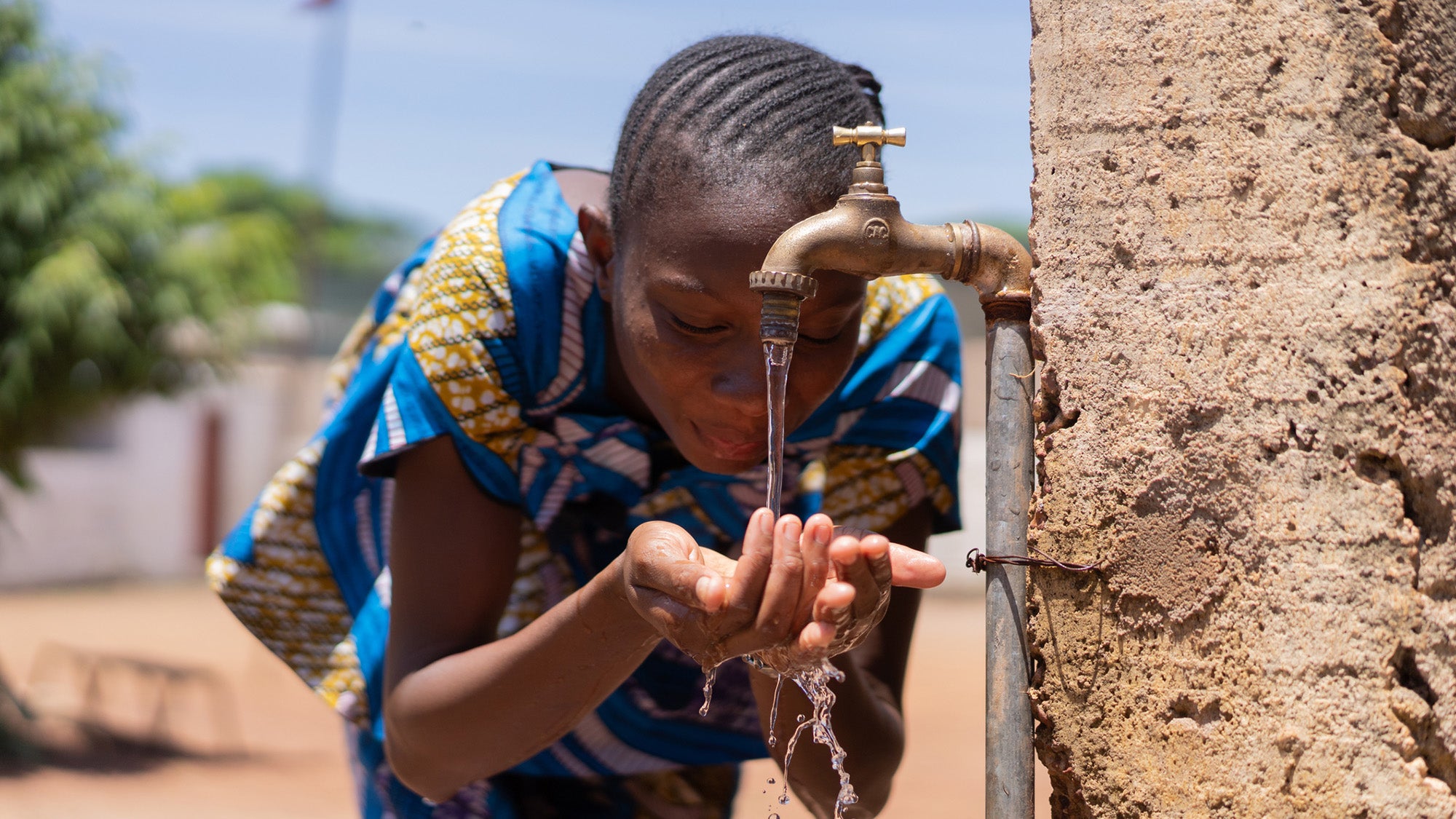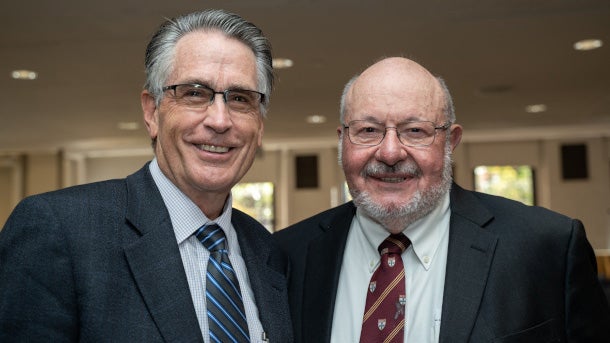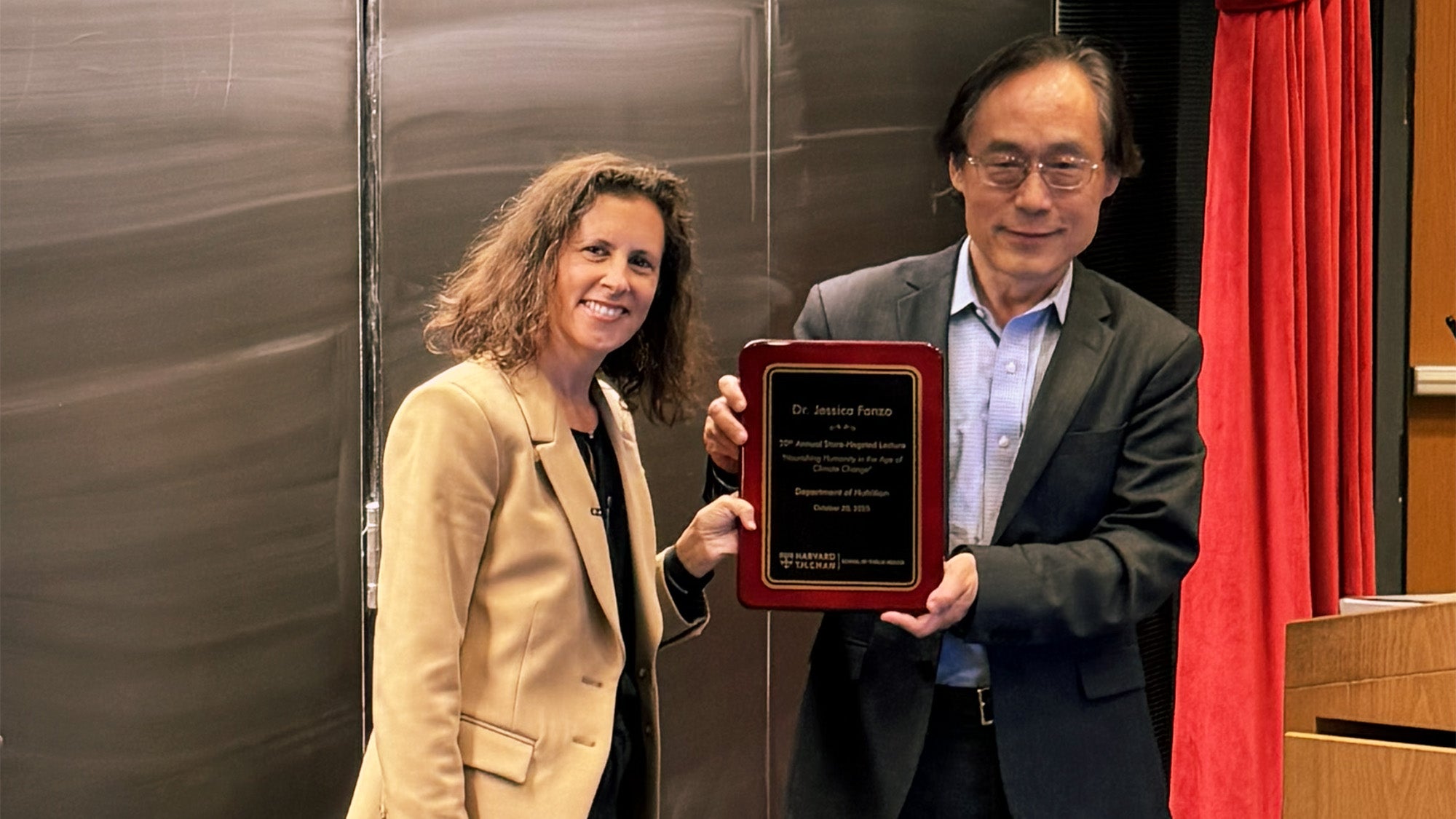Lead, mercury levels higher in firefighters who fought L.A. urban blazes

Firefighters who fought urban blazes during the January wildfires in Los Angeles County had significantly higher levels of mercury and lead in their blood than firefighters who tackled past blazes in less-populated areas, according to preliminary findings from a consortium of researchers conducting a long-term study of the fires’ health impacts.
The early findings come from the Los Angeles Fire Human Exposure and Long-Term Health Study (L.A. Fire HEALTH Study), a collaboration led by researchers from Harvard T.H. Chan School of Public Health and five other academic institutions.
Kari Nadeau, John Rock Professor of Climate and Population Studies and chair of the Department of Environmental Health at Harvard Chan School, and one of the lead researchers on the study, was quoted about the early findings in a number of media outlets, including the New York Times, the Los Angeles Times, and CNN. She said that blood lead levels in firefighters who fought the Palisades and Eaton fires were found to be five times higher than that of forest firefighters, and their mercury levels were three times higher.
What’s worrisome about the metals, Nadeau told the Los Angeles Times, is that “they can get into your lungs, and they can get into your skin, and they can get absorbed and get into your blood.” Other experts quoted in the article noted that, although forest wildfires pose their own health dangers, urban wildfires spew a toxic mix of chemicals from the burning of homes, cars, and businesses.
Lead and mercury exposure have been linked with problems such as neurological impairments, although it’s not yet known how the L.A. firefighters’ exposures will affect their health.
Protecting firefighters who battle urban blazes is a key aim of the L.A. Fire Study, Nadeau told CNN. “We want to help them potentially with better equipment, better ways of fighting fires, to be able to protect their health and have them live a high quality of life,” she said.
Nadeau and Joseph Allen, associate professor of exposure assessment science—another researcher on the L.A. Fire Study team—were both quoted in a March 27 article in Science that detailed the study’s scope, which includes testing air, water, and soil inside and outside homes and schools and assessing the respiratory, neurological, cardiovascular, reproductive, and immune system impacts of the wildfires.
Read the New York Times article: L.A. Firefighters Who Fought Blazes Show Elevated Mercury and Lead Levels
Read the Los Angeles Times article: Palisades and Eaton firefighters had elevated blood levels of mercury and lead, according to an early study
Watch the CNN interview: Firefighters show higher levels of lead, mercury after L.A. fires
Read the Science article: In the Ashes
Learn more
Long-term, multi-institutional study on health impacts of Los Angeles wildfires launched (Harvard Chan School news)



